Popular searches
Categories
Learn & Achieve
Collaborate & Lead
Deliver Value
Make Better Decisions
Industry Knowledge
Live Well
Sub categories
Learn & grow
Set & reach goals
Be more productive
Manage projects
Behavioural economics
Collaborate & influence
Models

 0 saved
0 saved
 23K views
23K views
(2)
Share this with your network








Share this with your network




Overview
“Science is a way of thinking much more than it is a body of knowledge.” —Carl Sagan
Science has become a point of debate in some quarters. Whether it's about climate change, wearing masks, or the use of vaccines — terms about 'following the science' have become more common.
So what does being a scientific thinker mean exactly? While we couldn't hope to pin it down completely, this Playbook will help you make a solid start on developing a Scientific Mindset and toolkit of models.
This Playbook includes the following sections, select a heading to jump to that section.
OBSERVE & QUESTION
This involves being open to the environment and your observations, and asking questions to explore and engage with your world.
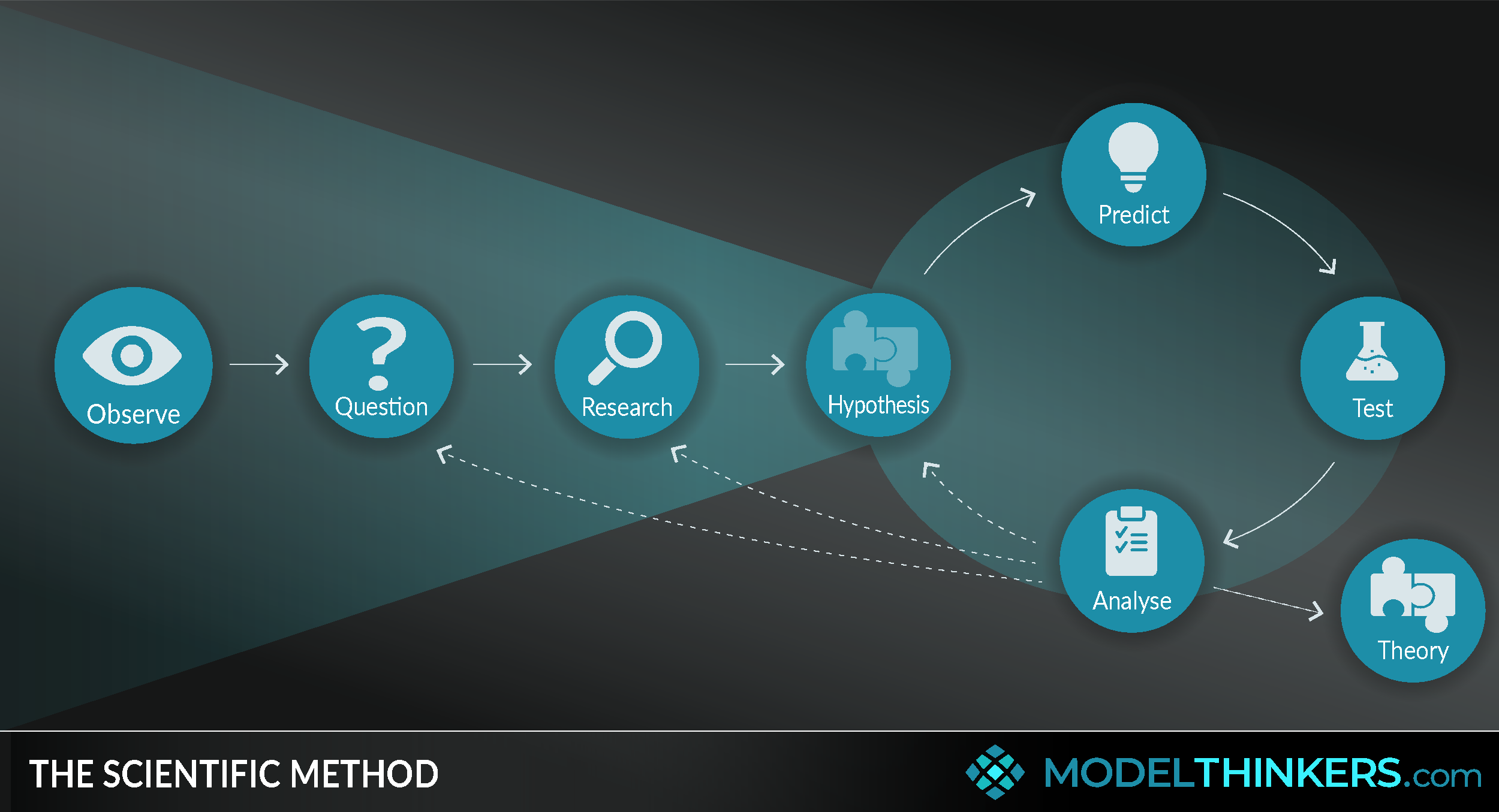
Of course, any talk of scientific thinking must begin with the Scientific Method. Such a foundational model for anyone who considers themselves as a critical and creative thinker. We'll be using this model to frame how we present you with the rest of the models in this list.

Much of a scientific mindset is built on unashamed curiosity, from asking 'why' to remaining open to something new and disruptive even as you develop expertise. This model will help.
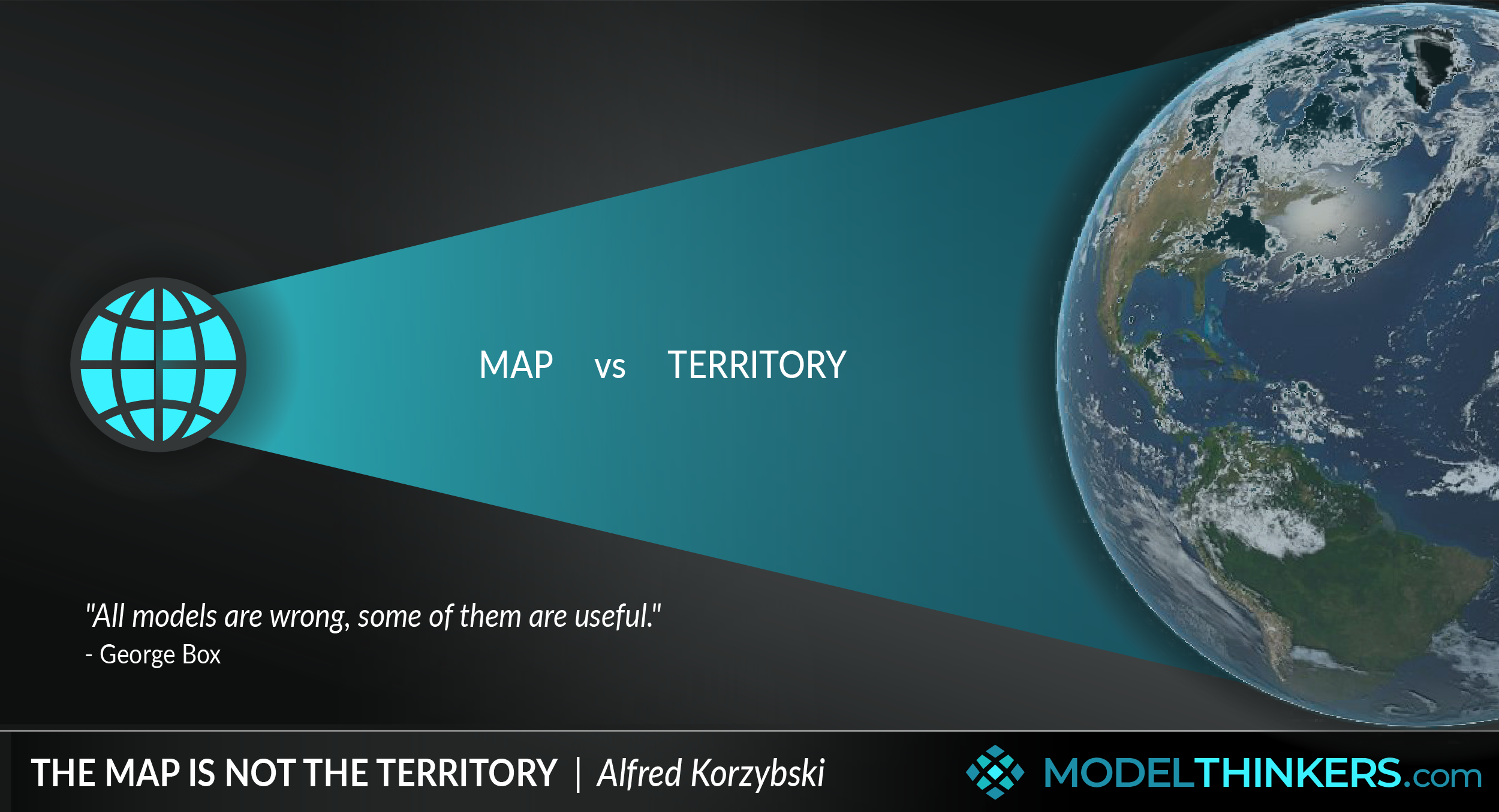
As you develop your hypothesis, be humble in the knowledge that the Map is not the Territory, and that your theories are unlikely to capture the complexity of what's around you, even as it remains useful.
RESEARCH & HYPOTHESIS
Reviewing relevant information and studies, and developing a hypothesis — a view of what is happening and why, that can be tested moving forward.

Use this powerful model to cut down on assumptions and look for the simplest, most logical solutions.
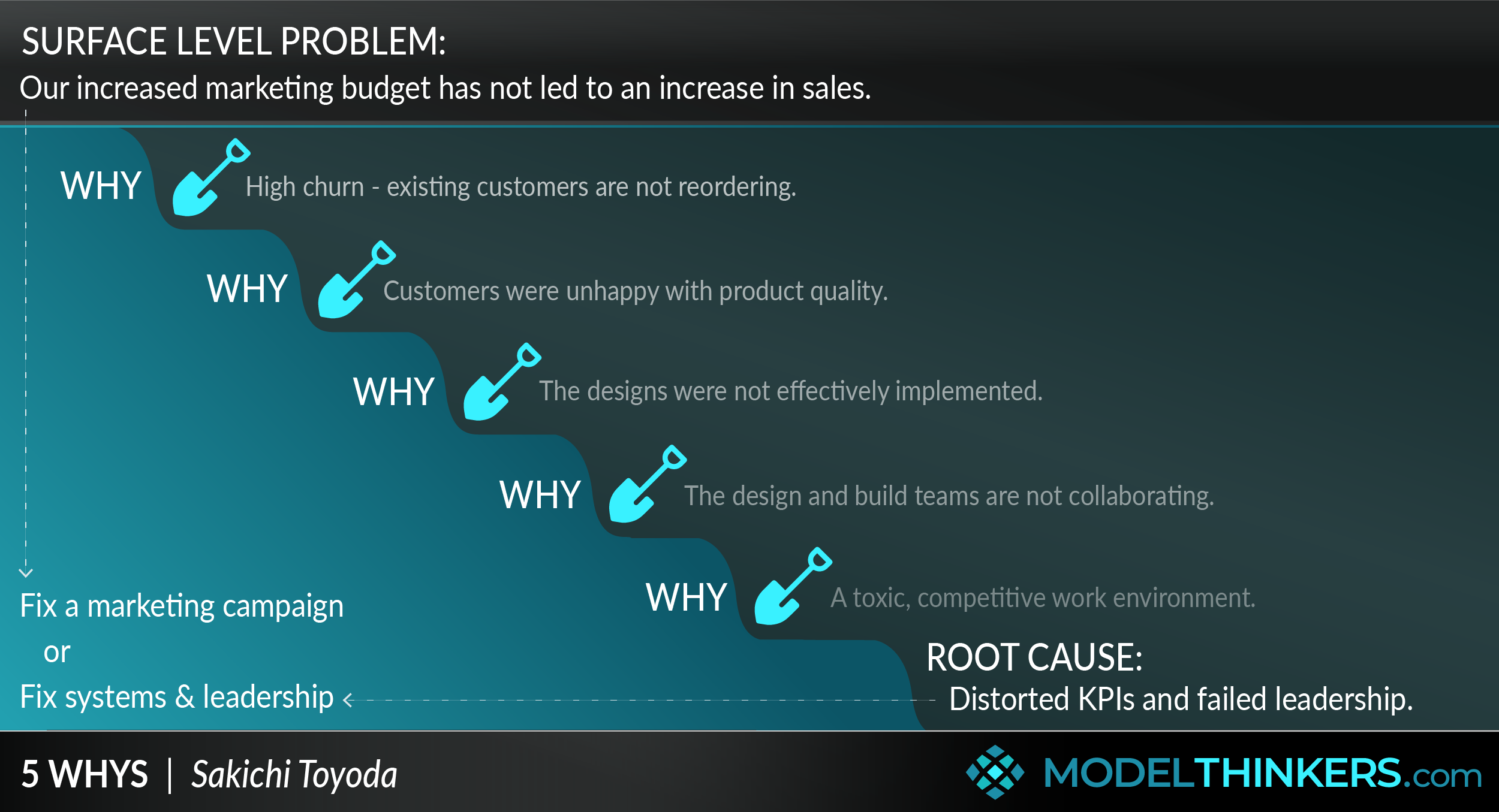
Building on curiosity, be sure to dig deeper and go beyond the surface to uncover root cause. Dive into this model for practical help and techniques.
PREDICT, TEST & ANALYSE
Testing your hypothesis and actively trying to falsify it as you gain a greater understanding of reality and develop new hypothesis as a result.
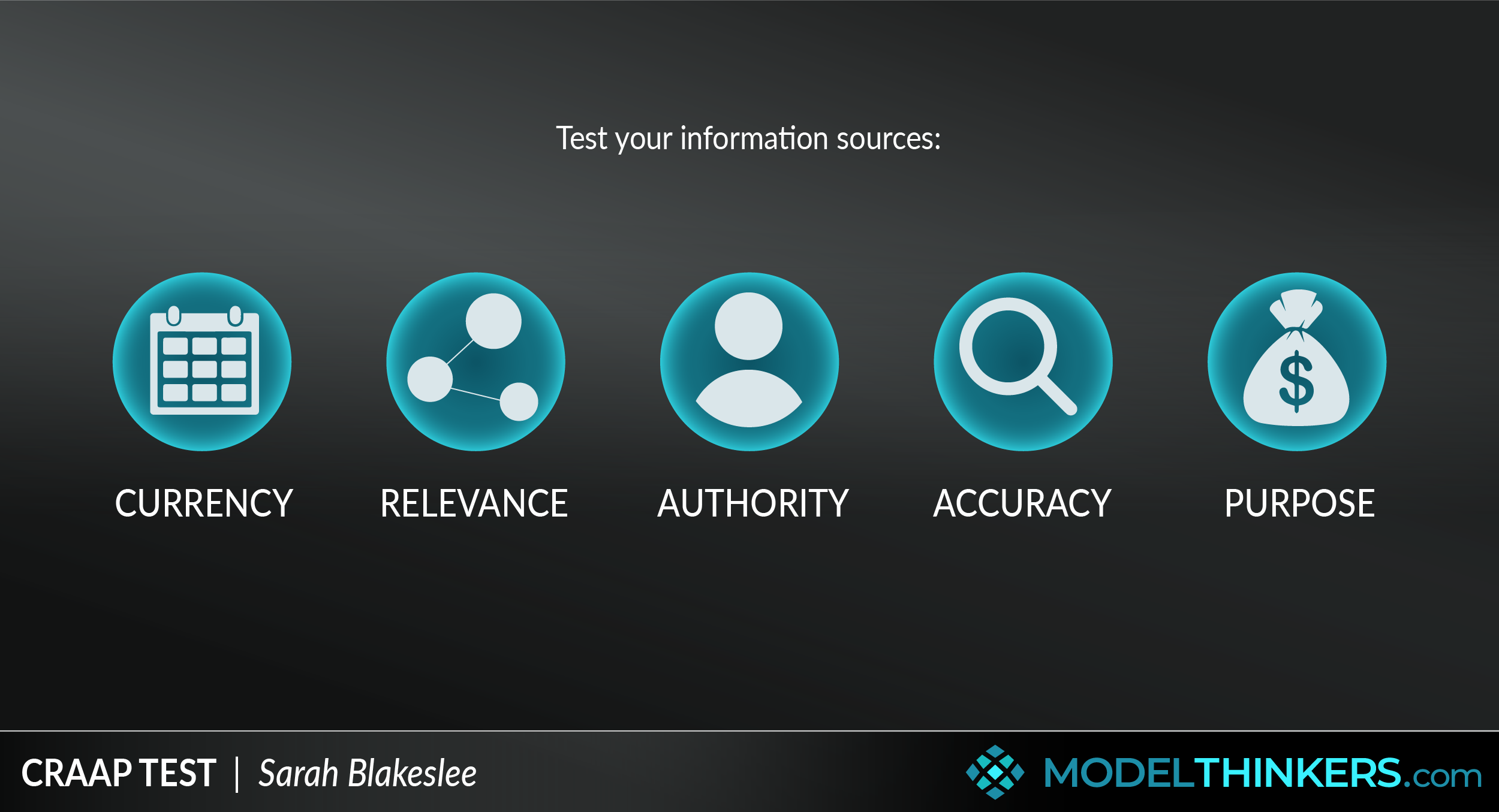
You can't trust everything you read. Use this checklist to challenge your data and information sources and maintain a skeptical mindset.
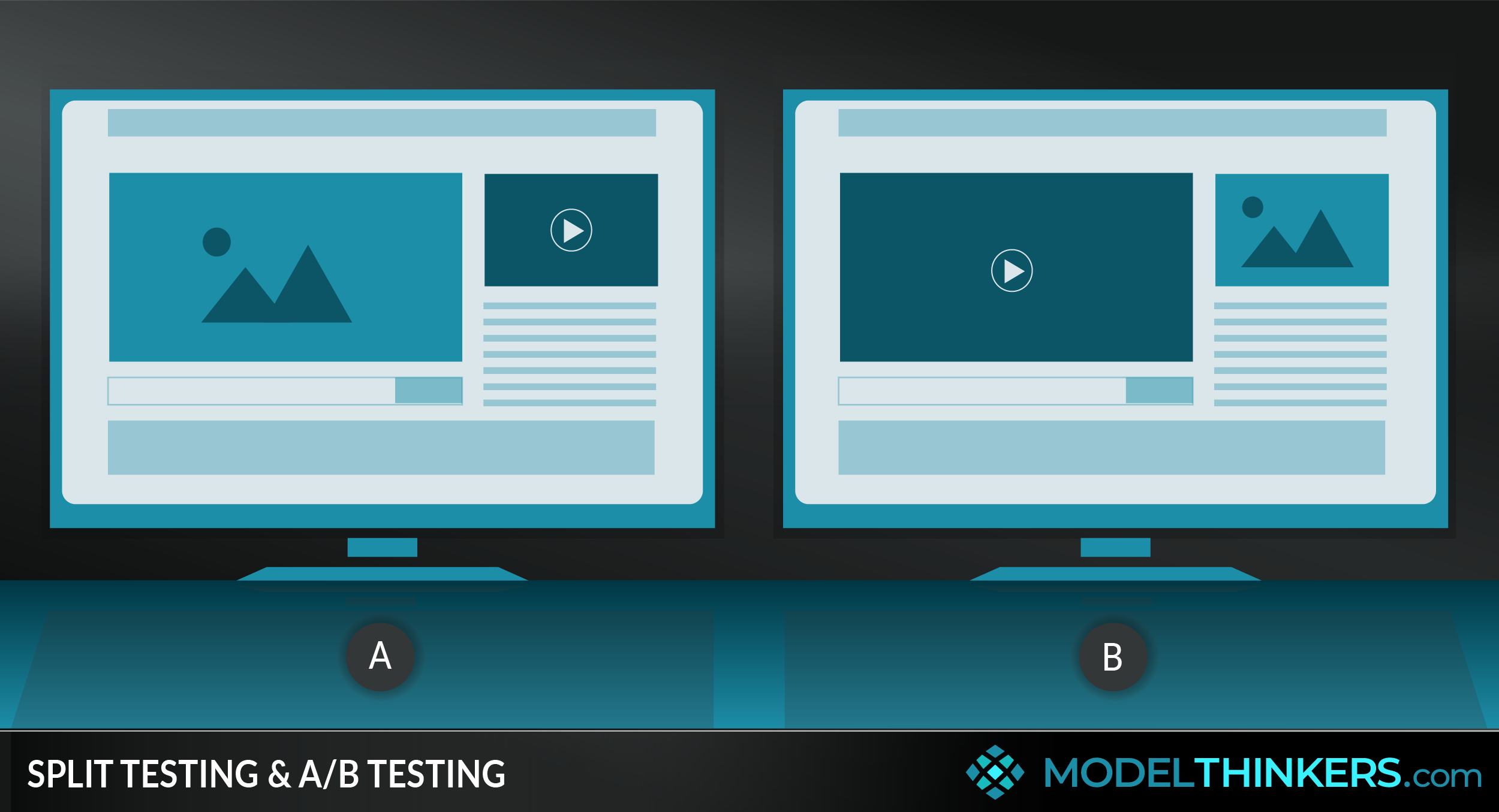
You've got to test that hypothesis and an accepted way of doing that is by comparing a changed variable against a control group. Click through into this model's summary for more.

Feedback is critical in testing and challenging your hypothesis, it's how you'll understand what aspects are accurate and what parts of your hypothesis are being falsified.
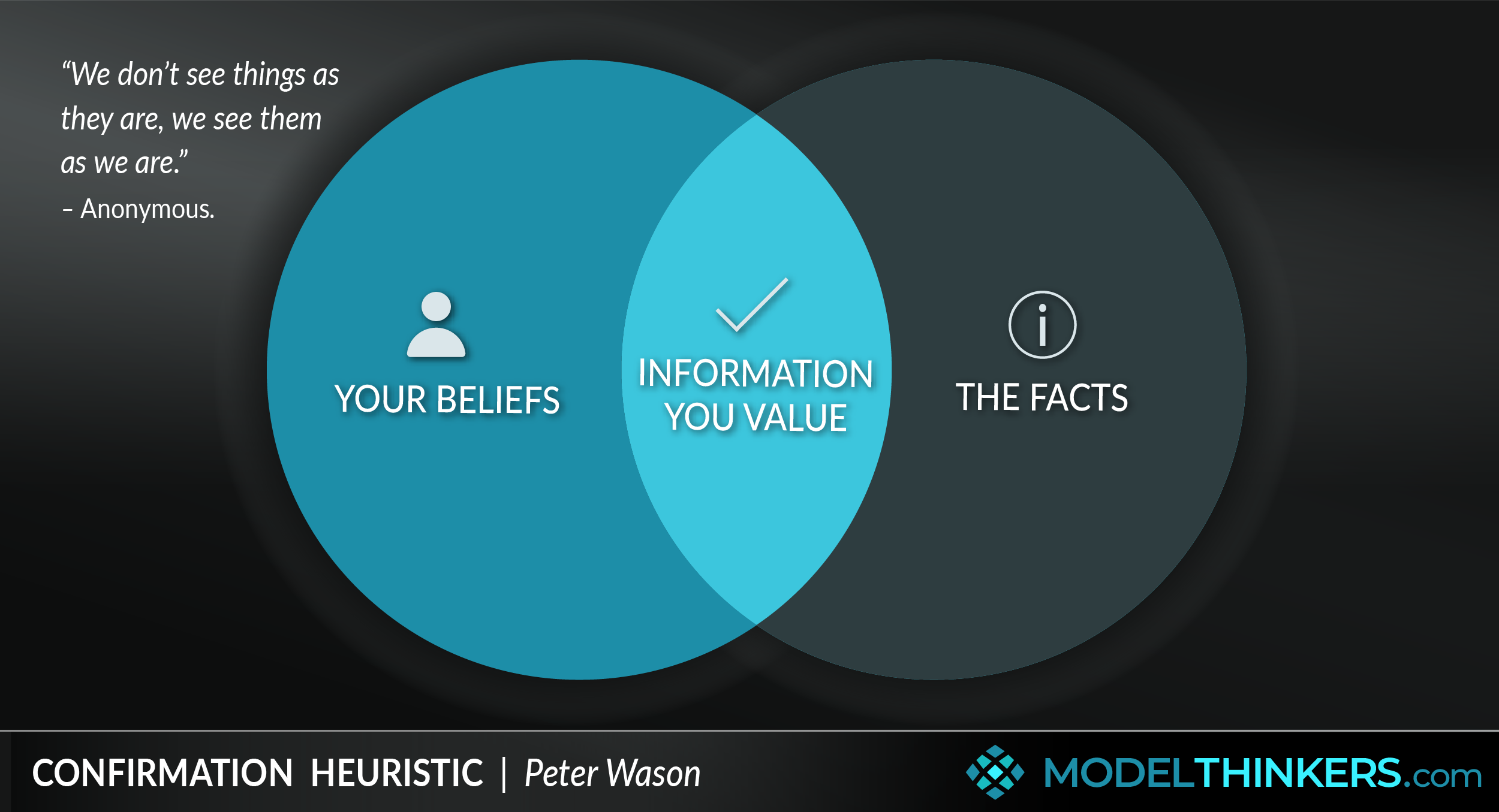
We aren't just irrational, we are consistently rationalising. Awareness of this bias, and our tendency to seek out information that confirms our beliefs, is a requirement to challenge our hypotheses.
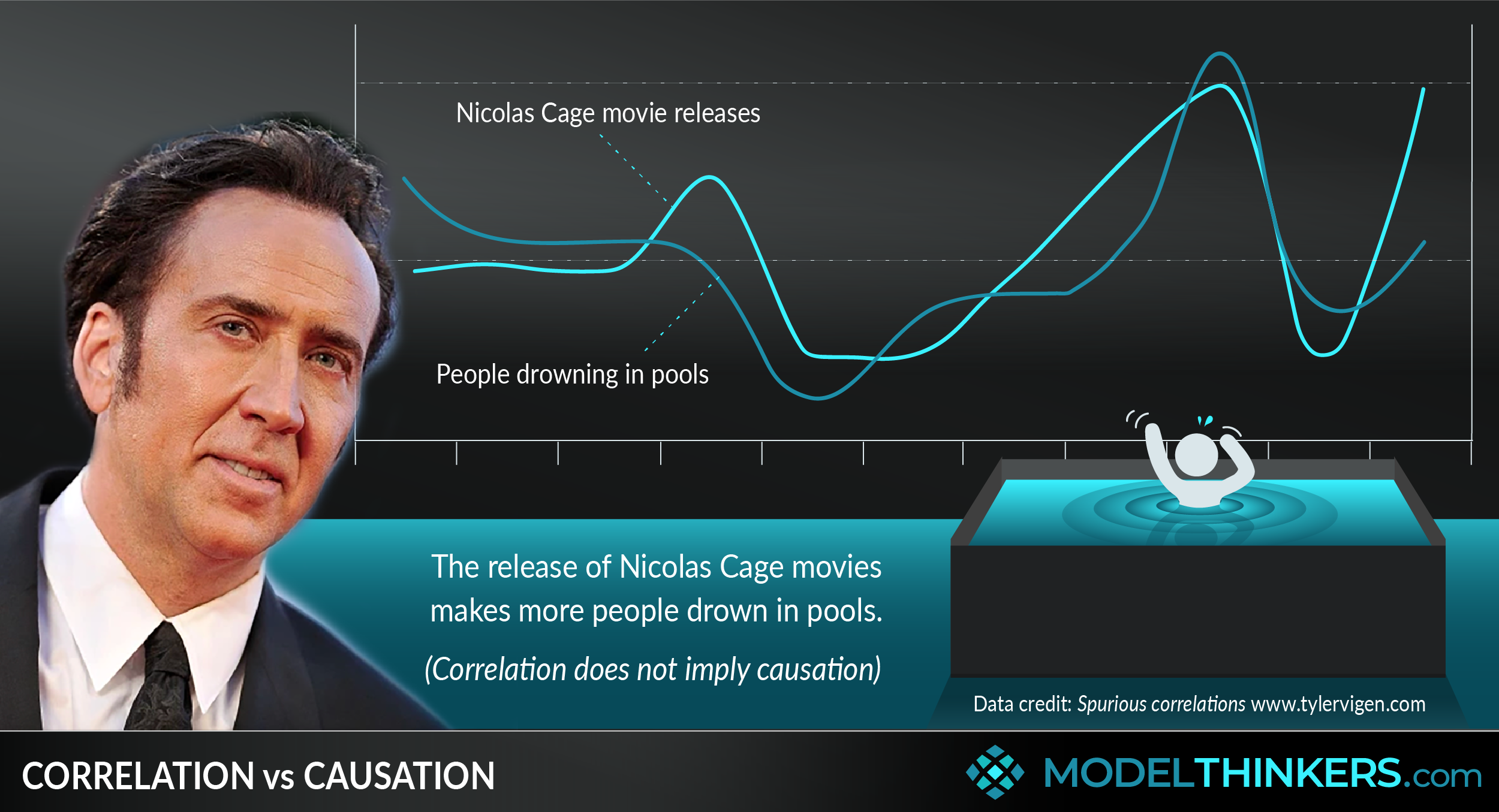
Sometimes your interpretation and yearning for neat patterns will take data to places it has no right being. Use this model as a check on that.
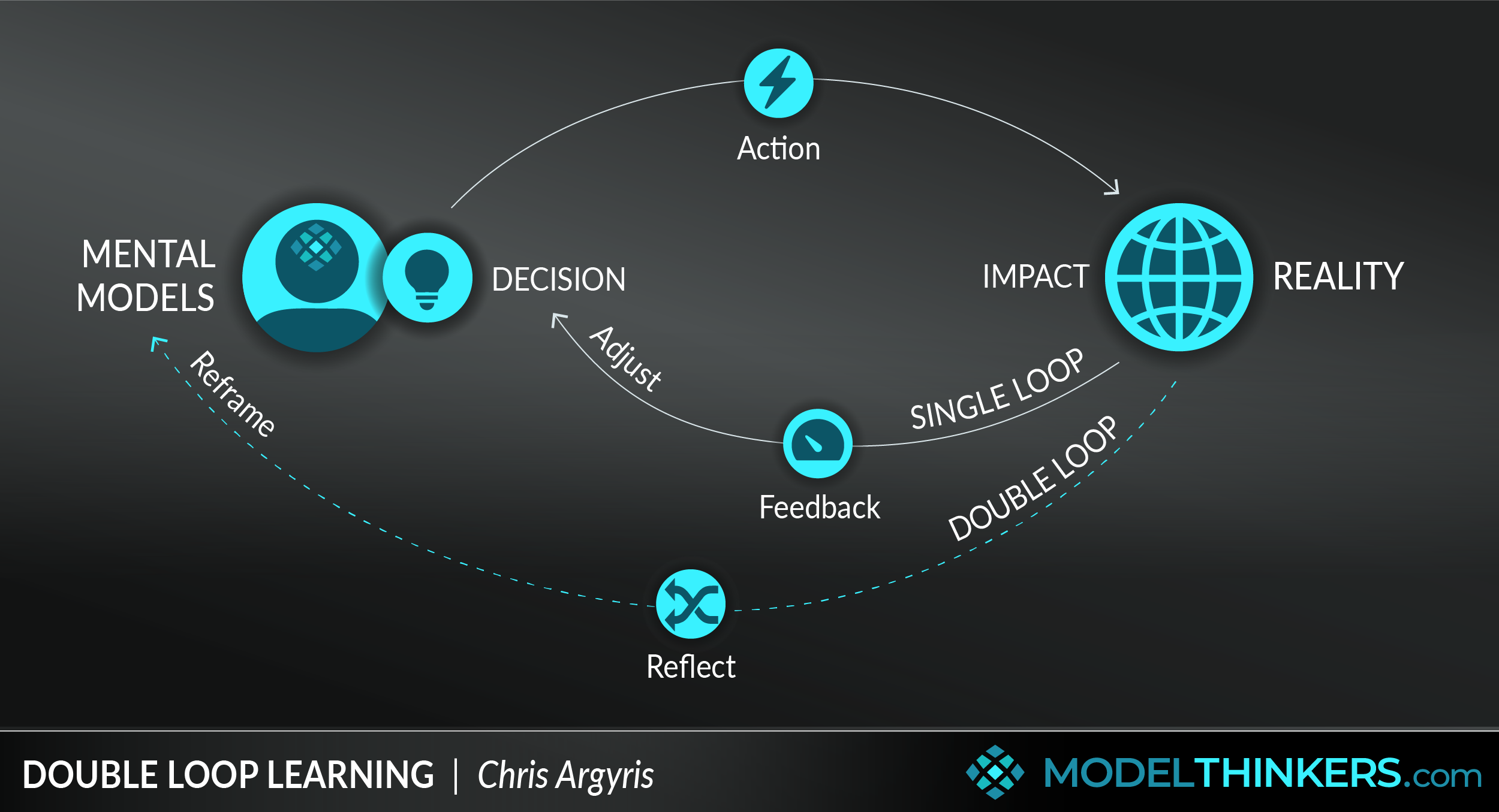
Apply the Scientific Method to your own growth and ability to act in the world with Double Loop Learning. It's a process of using reality to update your personal mental models and understanding of the world.
BRINGING IT ALL TOGETHER
These models are inspired by and reflect the Scientific Method.
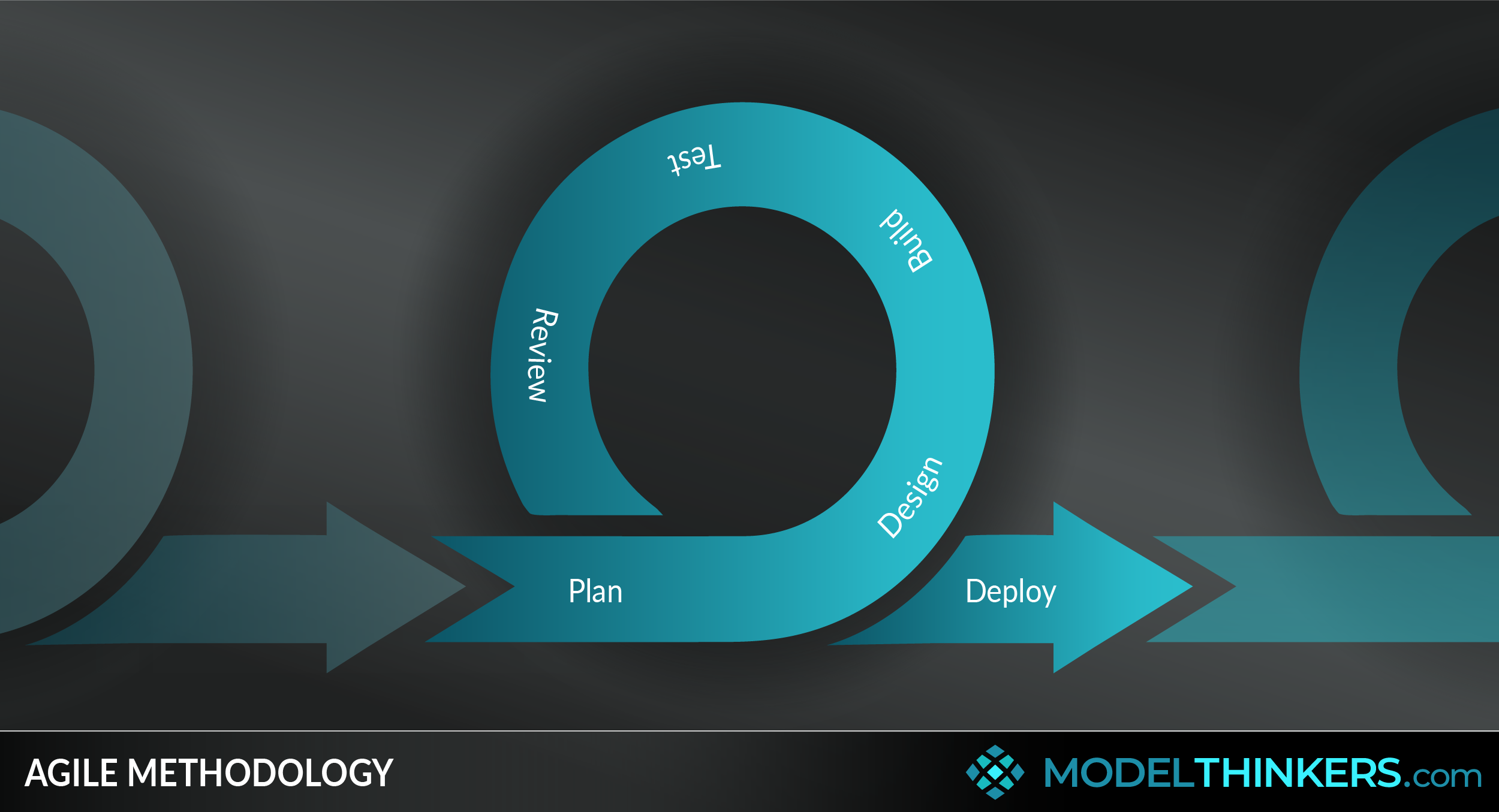
Working in a team? Use Agile to test and learn through iterations.


Launching a startup or product? Use this model which again is inspired from the Scientific Method to stay on track.
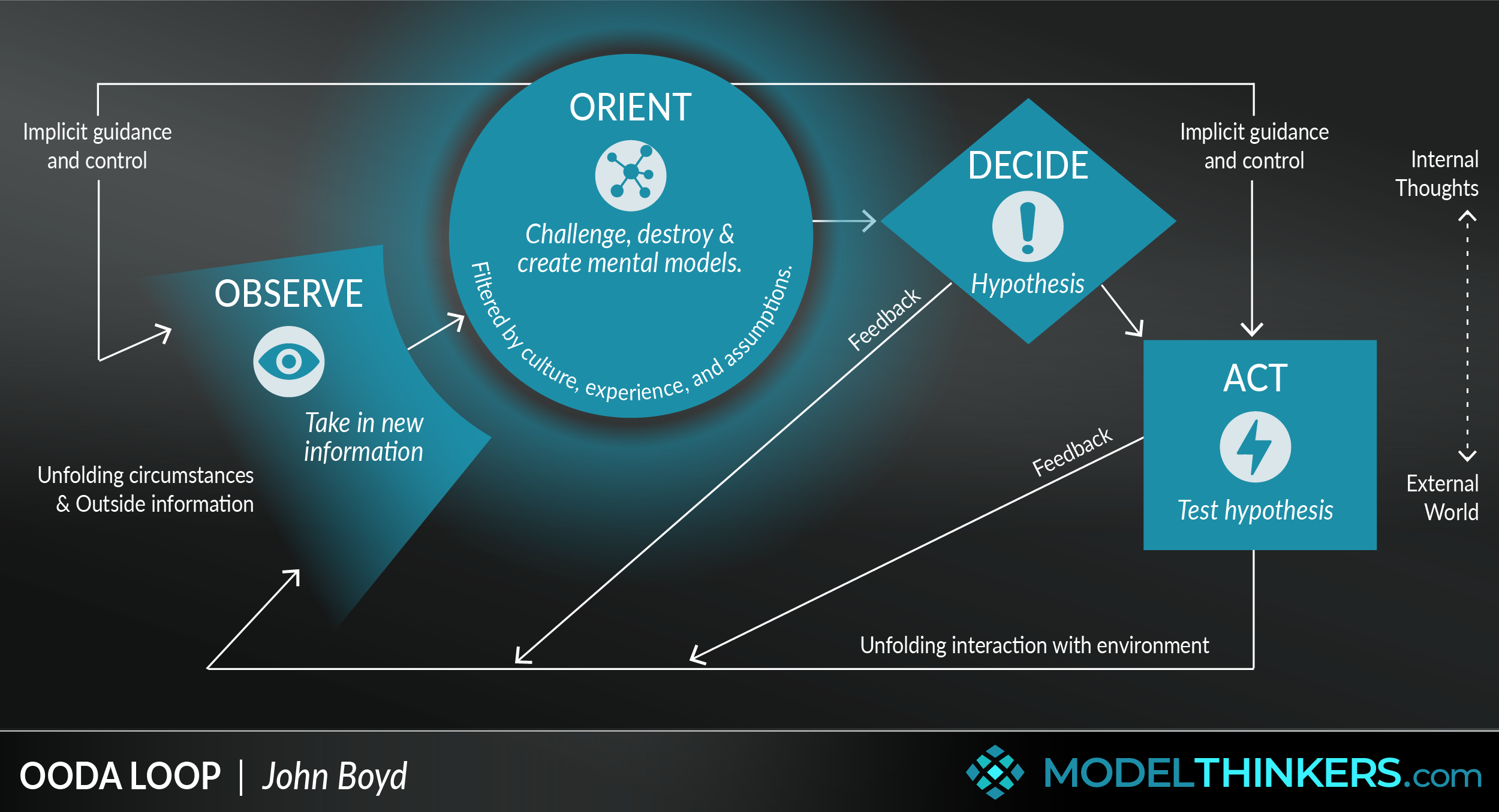
Born from a top fighter pilot, this model interprets the Scientific Method as a form of rapid decision making and action.
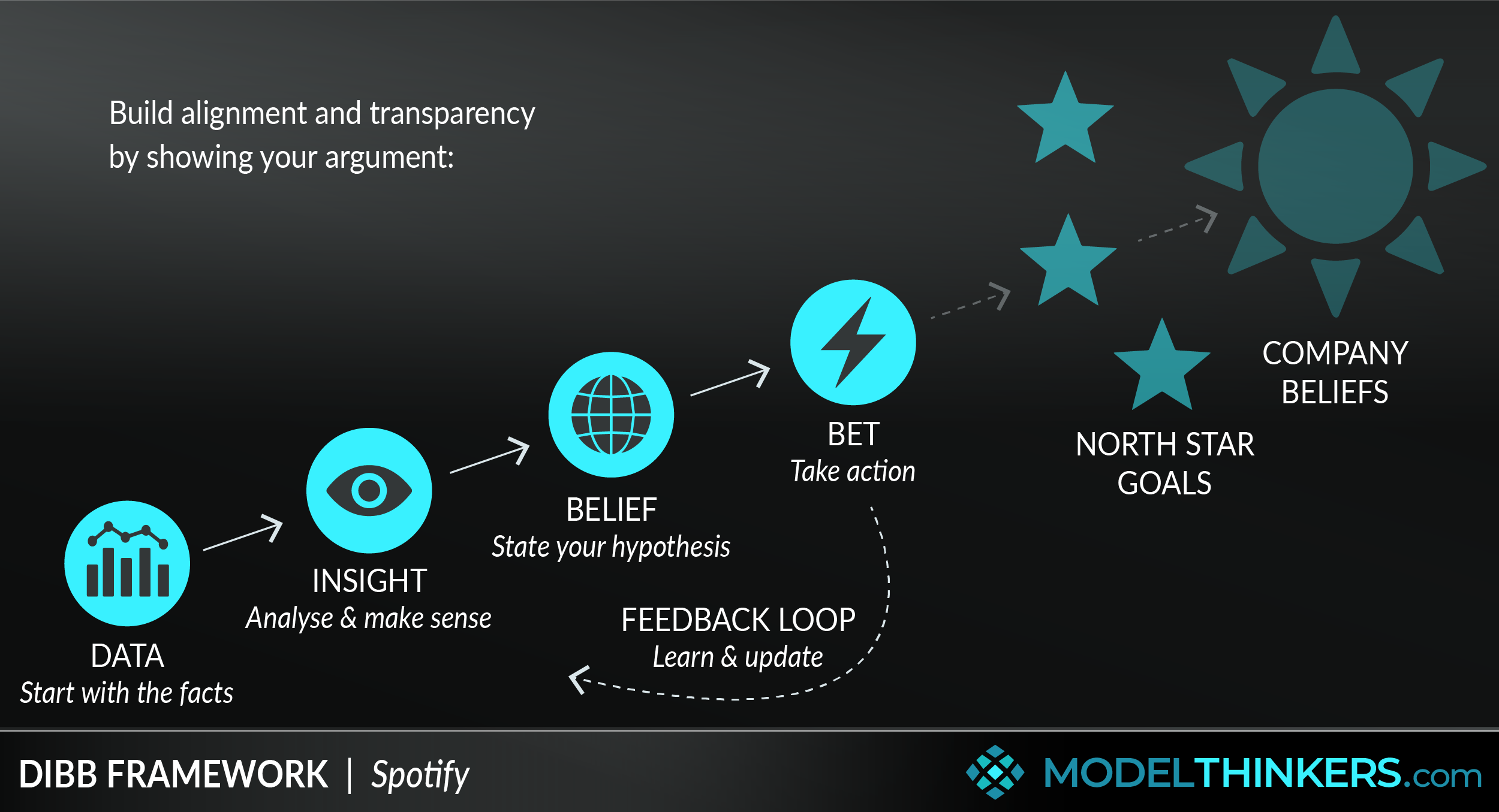
This framework, inspired by Spotify, supports you to build data-driven cultures of innovation, at scale.
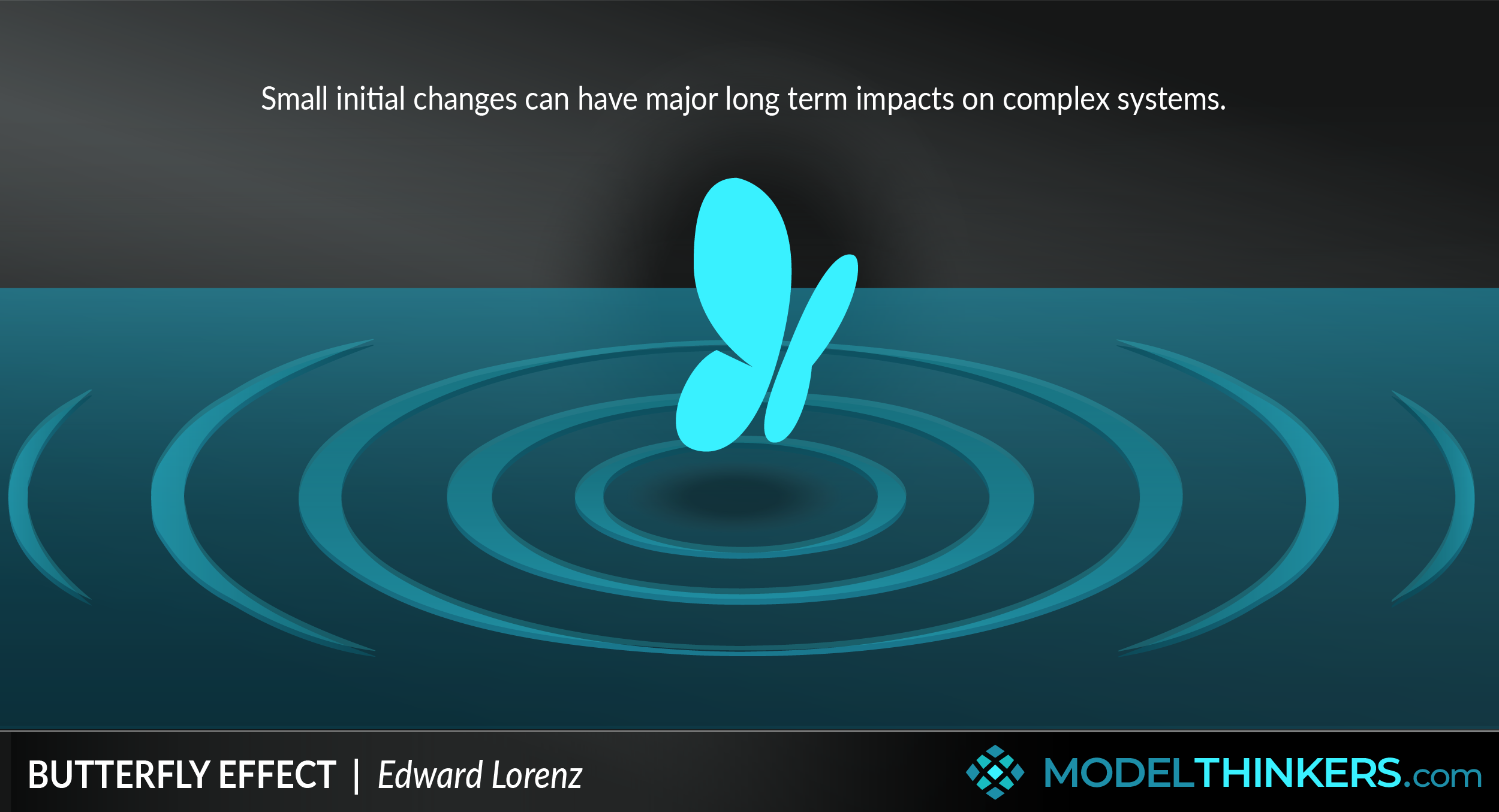

Use this model as a reminder that small things can make disproportionate impacts in complex systems. Its a reminder of the limits of lab, or relatively closed experiments when faced with the complexity of reality.
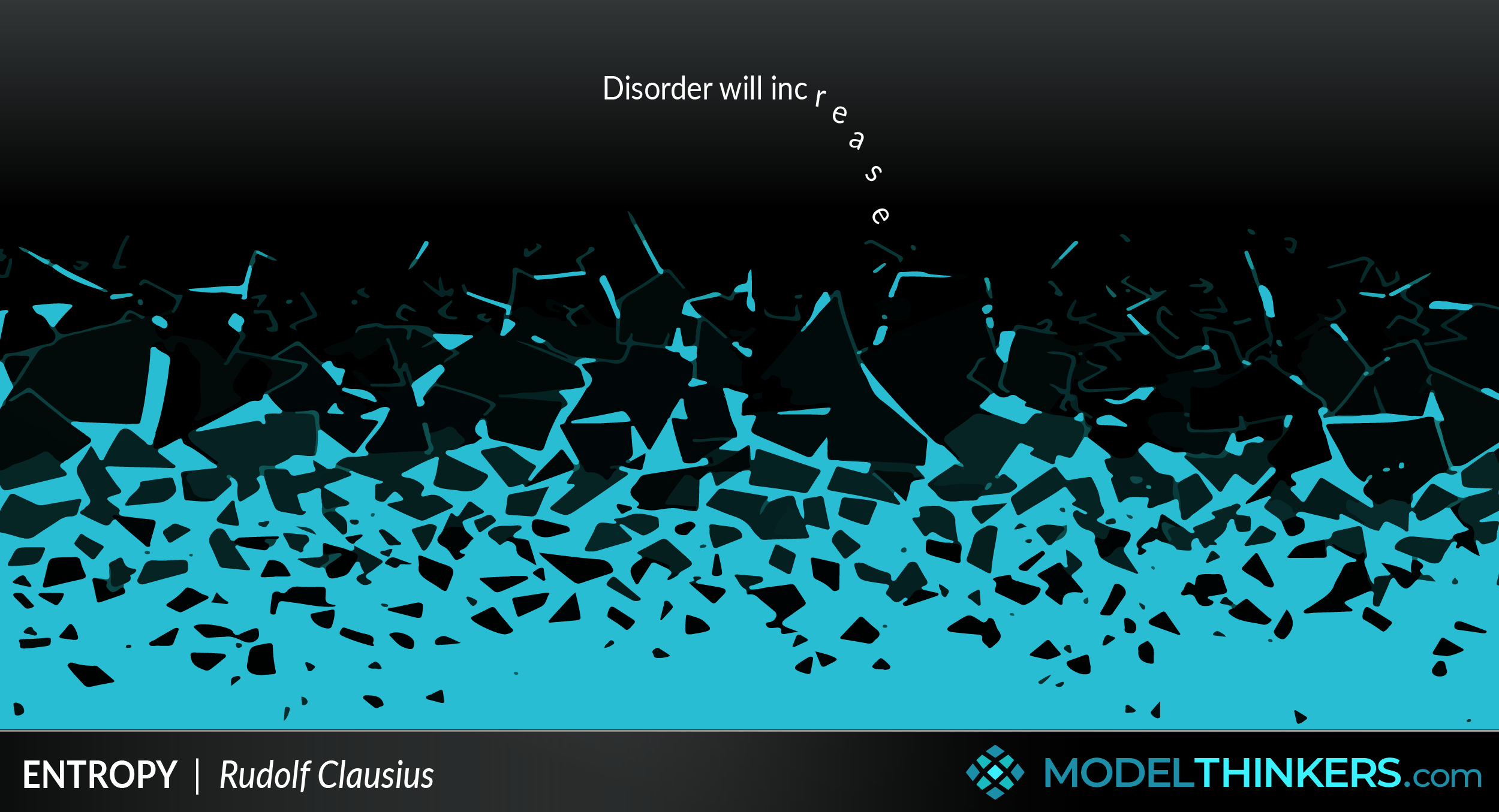

And finally, embrace the Second Law of Thermodynamics to understand the backdrop we face and the nature of energy.
Premium content
Please do login or sign up to see premium contect
Subscription expired!
Please renew your subscription to access this feature.
 My Notes
My Notes
Delete note
Nothing here yet. Join ModelThinkers and login to be the first to comment.























